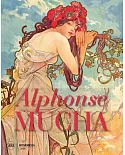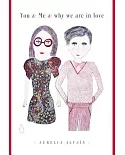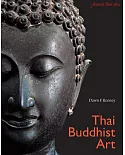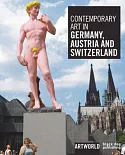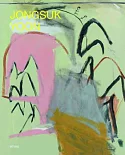Attempts to identify and categorize African American quilts have been ongoing in quilt scholarship for at least three decades. It is generally agreed that quilts in this category are
characterized by strips, bright colors, large designs, asymmetry, multiple patterns, symbolic forms, and improvisation and have their roots in African textile techniques and cultural
traditions. But this tradition is as much shaped by process as by materials. The folk process-whereby people live and work together, and thus learn from and influence each other-is nowhere more
evident than in quilting, where the art and craft are passed down through the generations. A communal exercise that moves a medium from necessity (keeping warm at night) to art, quilting has
survived, changed and prospered into the twenty-first century, becoming a flagship of Alabama folk art.In conjunction with the opening exhibit of a collection of forty-eight quilts made by
African American quilters working in Alabama and its environs during the last half century, this book presents a contexual history of African American quiltmaking, along with brilliant
reproductions of the quilts themselves.With a foreword by Mark M. Johnson, director of the Montgomery Museum of Fine Arts, and an introduction by Joey Brackner, director of the Alabama Center
for Traditional Culture.


